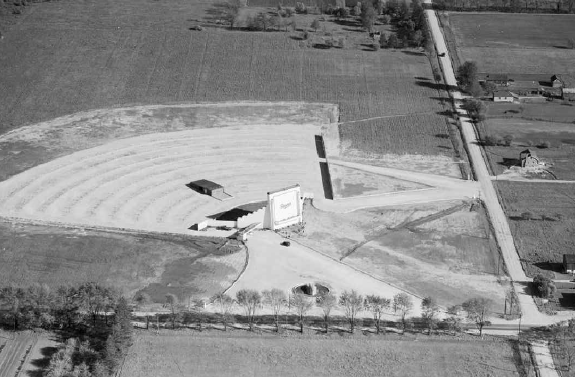Under Construction
Due to our other various commitments, this will page will be updated and finalized as the time to work on it becomes available, we apologize for not having the background information on the Argyle Ribbon Project fully completed at this time.
Please bear with us as we bring this document up to our preferred standard of quality and refinement.
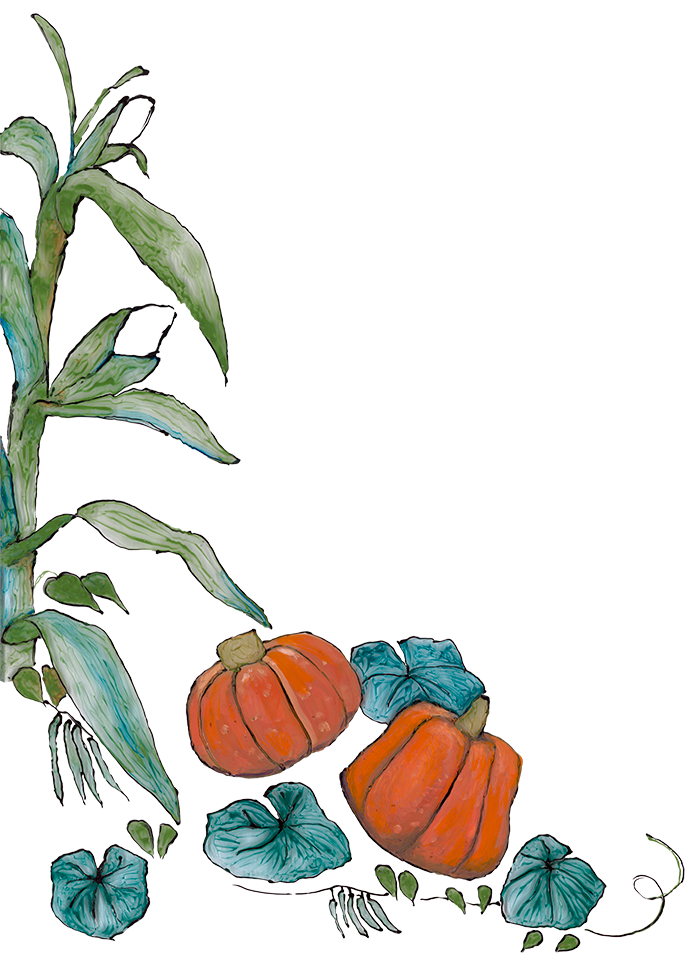
The Three Sisters
– Corn, Beans, Squash
– An example of Indigenous ways of agriculture and community.
– They are grown together and work in harmony. They were viewed as life supporting plants integral to communities.
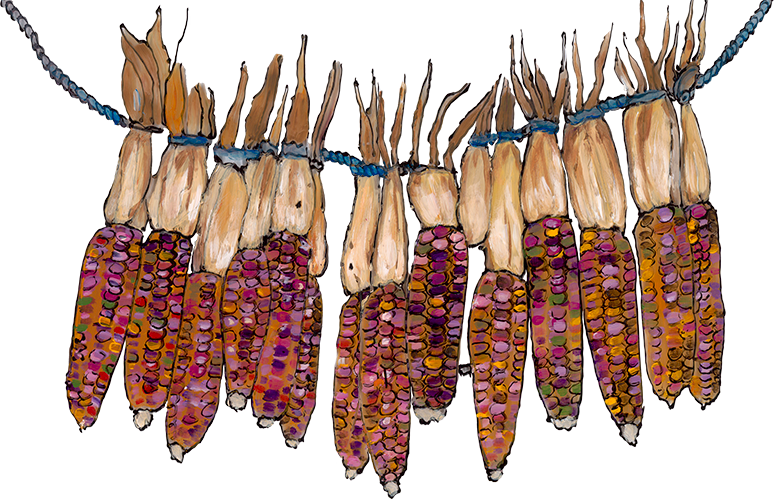
Four Sacred Medicines
– Tobacco, cedar, sage, and sweetgrass.
– Tobacco is the first plant that creation gave to the Anishinaabe. With the three other plants, they are referred to as the four sacred medicines. All of them can be used in everyday life, to smudge with, and in ceremonies.
– It is said that tobacco sits in the eastern door, sweetgrass in the southern door, sage in the west, and cedar in the north.
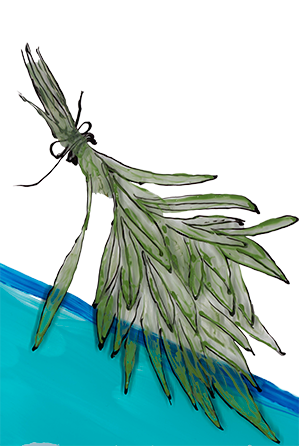
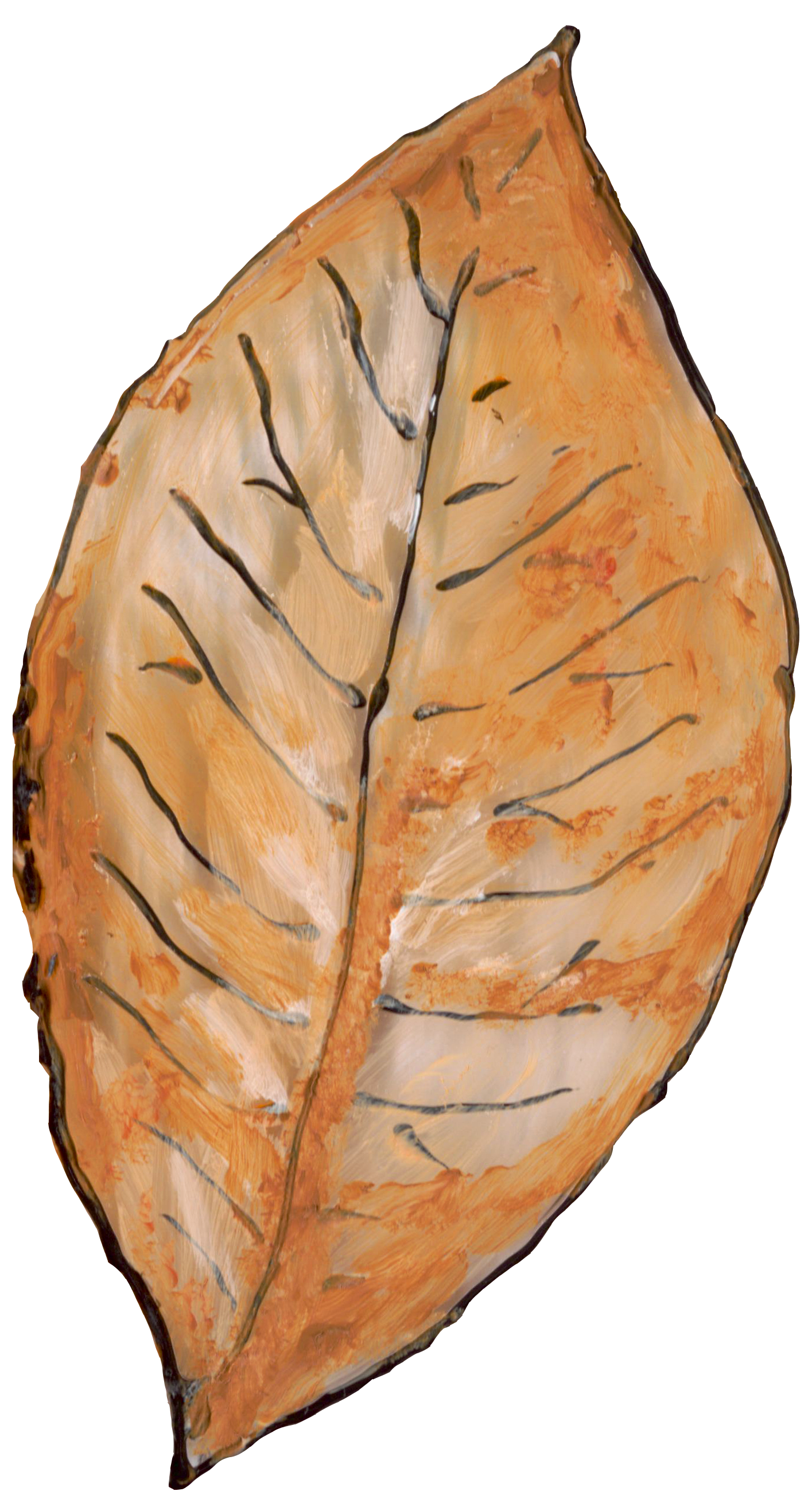
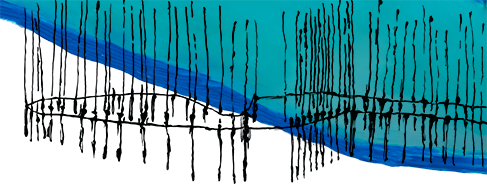
Fishing Weirs
– A fishing weir is used to catch or direct fish.
– Evidence of their use by small bands of nomadic Indigenous has been found in the Thames River and its tributaries (Pottersburg Creek) with pickerel as their main food source.
Trees Native to the Argyle Area
– Both trees are native species to the area and documented as extensive by the pioneers who settled the area.
– The needles of the White Pine were used by the indigenous to cure ailments of the kidneys.
– The most dominant trees documented were: Ash, Oak, Beech, Bass, Hickory, Ironwood and Maple. The Maple was the most cherished tree to retain as it provided sugar and sap for use all year by the pioneers.
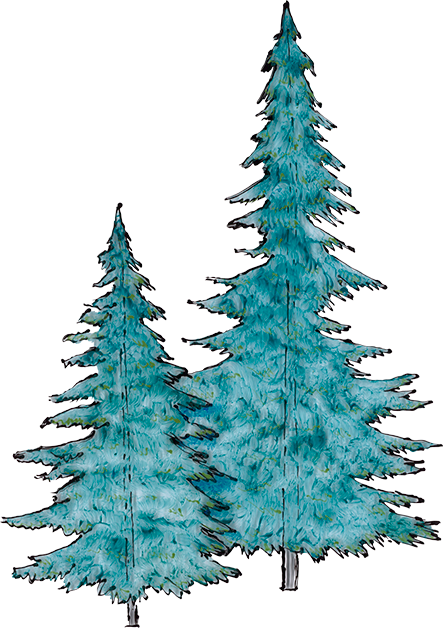
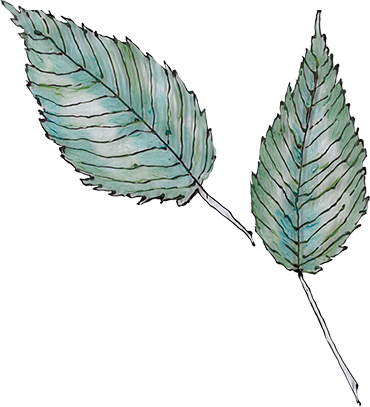
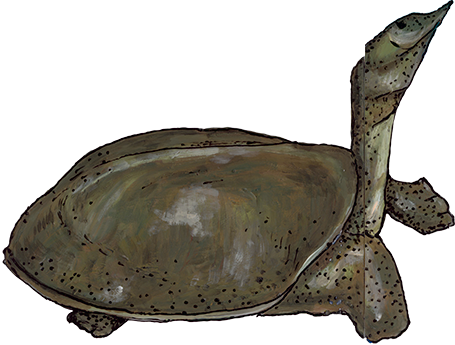
Eastern Spiny Softshell Turtle
– This native species of fresh water turtle can be found in the Thames River and are the only Ontario turtle that can grow to a size comparable to snapping turtles.
– These turtles are on a protected species list due to their habitats being infringed upon. Since efforts have been taken to help this species however, their numbers have been steadily growing.
Echinacea (Also known as the Cone Flower)
-This plant is native to eastern and central North America and was a medicinal plant used by the indigenous peoples for coughs, colds, inflammation, rabies, and snake bites.
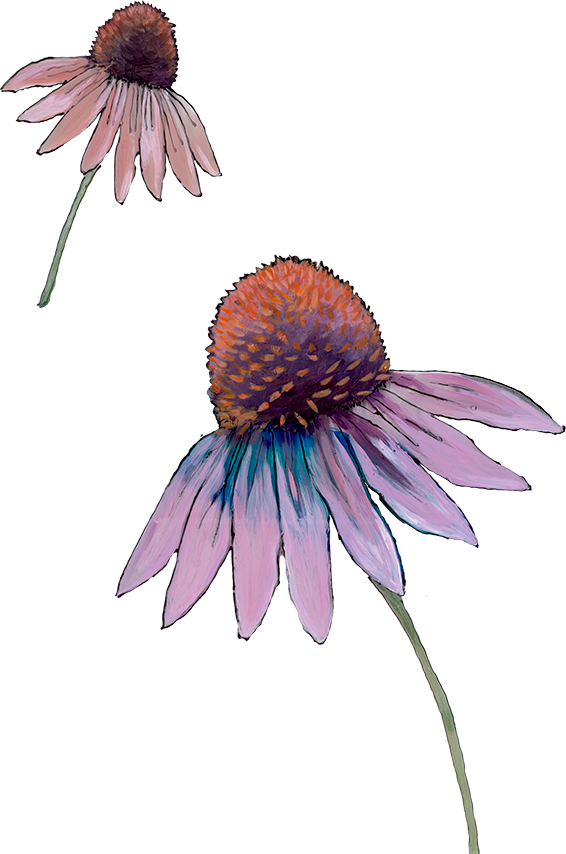
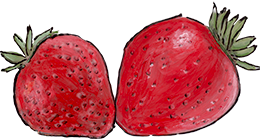
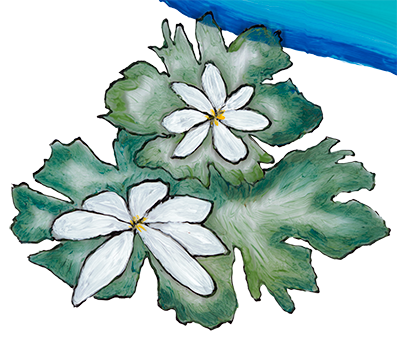
Strawberry Teaching – Heart Berry
– Known as the Heart of the Earth or heart berry.
– The heart berry helps us understand the connection between the mind, body, spirit, and emotions. We need our heart to guide us in order to maintain personal balance.
– Strawberries are an important food and medicine to many nations
– The strawberry, the only fruit with its seeds on the surface, is to remind us that humans are the seeds of Mother Earth as we walk upon her. The strawberry symbolically represents Mother Earth, as a part of our ‘Original Instructions’ to honour our sacred food. This serves as a reminder of the connection between Sacred Earth and Sacred Self.
Pottersburg Creek
Facts on Pottersburg Creek
– The creek is 44 km long and made up of 58% deciduous forest, 9% plantation/coniferous forest, and 25% meadow.
– There have been 205 trees planted at Culver Park since 2011 by community volunteers with a goal to increase forest canopy to cover 34% (?) by 2065 from current 6.3% cover.
– Soil type: loams, sandy loam with bit of silt loam
p.7, Stage 1 Archeology Assessment Pottersburg Creek by Archaeologis INC, Sept 2002
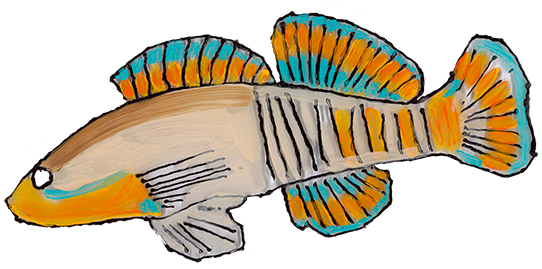
Rainbow Darter
– One of the 23 species located in Pottersburg Creek in Argyle.
– Other fish found in this creek are: Blacknose Dace, Bluntnose Minnow, Brook Stickleback, Common Shiner, Creek Chub, Fantail Darter, Fathead Minnow, Greenside Darter, Horny Chub, Johnny Darter, Largemouth Bass, Least Darter, Northern Pike, Northern Redbelly Dace, Rock Bass, Smallmouth Bass, Striped Shiner, White Sucker as well as 3 new fish species Northern Hog Sucker, Pumpkinseed, Rosyface Shiner
Pottersberg Creek Crustaceans
– Crayfish were rampant in Pottersburg Creek until the polychlorinated biphenyls (PCBs) killed them all.
– PCBs belong to a broad family of man-made organic chemicals known as chlorinated hydrocarbons and have a range of toxicity.
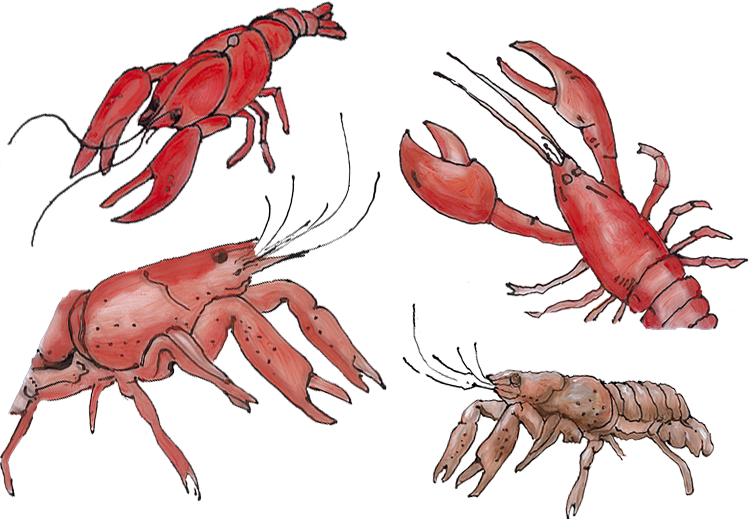
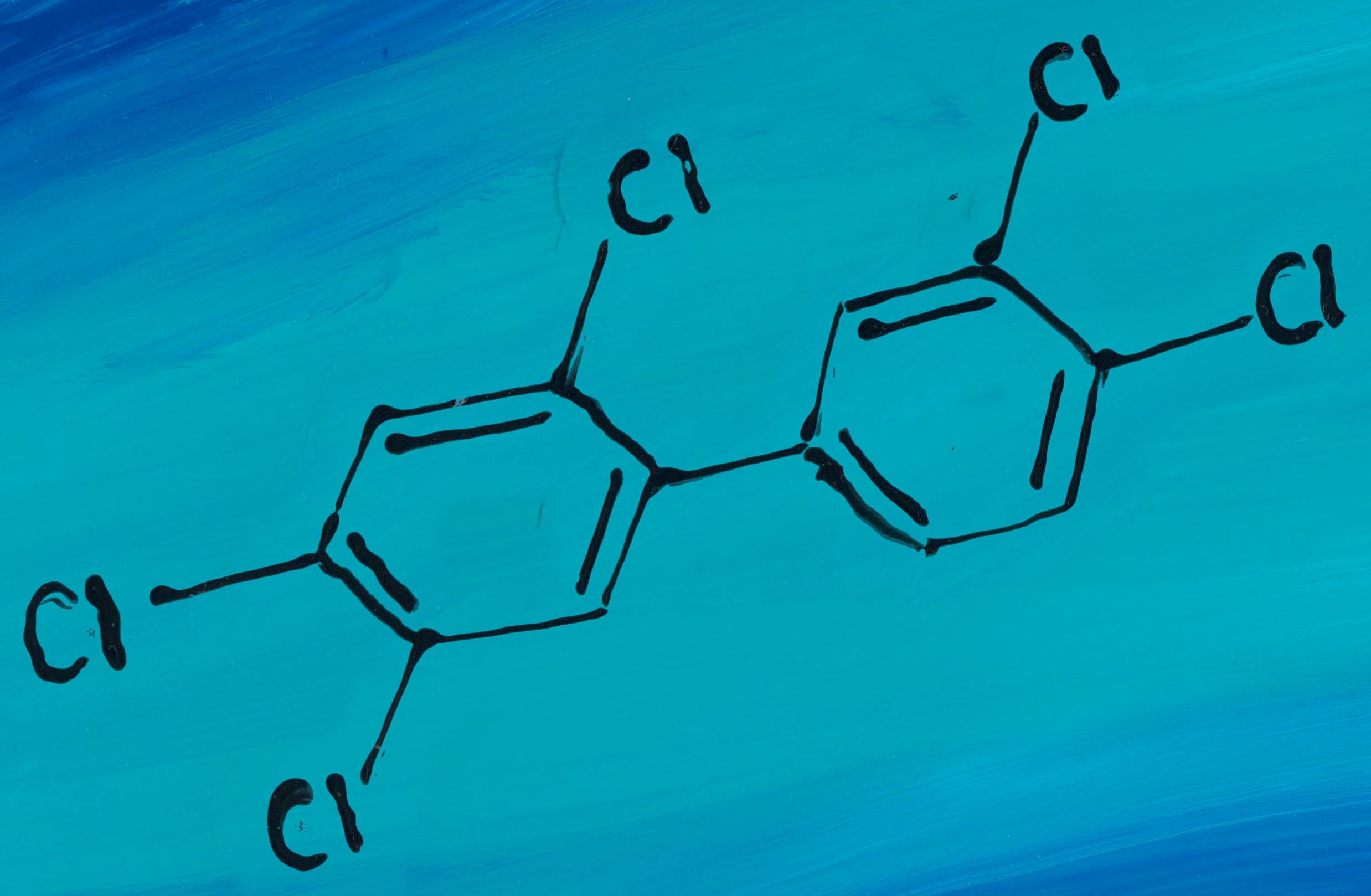
Polychlorinated Biphenyl (PCB)
– Until the discovery of its high toxicity levels, PCB was a synthetic compound used frequently in commercial and industrial applications.
– In the 1980s, when the chemical was found to be toxic and clean-up efforts got underway, the Pottersburg Creek facility became the landfill site for all of the PCB-contaminated material taken from the area. The chemical had originally been released into the environment by a Westinghouse electrical transformer facility which formerly operated there.
– In 2009, stringent federal regulations came into effect – all PCB waste storage sites such as Pottersburg were to be decommissioned. “As Pottersburg was the largest PCB storage site in Canada, the undertaking to decommission it became one of the largest PCB removal projects and largest earthmoving projects in Canadian history.”

Wampum Belt
– Beadwork example of the treaty between the Haudenashanee and the Dutch people in the area.
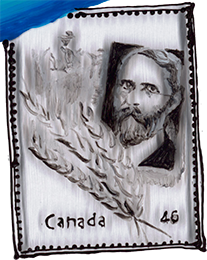
Sir Charles Saunders
– Sir Charles Saunders (featured on pictured stamp) established Canada’s reputation as a leading producer of quality wheat.
– Creek Farm, located on the south side of Dundas at First Avenue and originally the homestead of Dr. Bucke (who ran the London Asylum), was acquired by William Saunders, Charles’ father. This farm was one of the first experimental farms used for developing a wheat called ‘Marquis Wheat’ which revolutionized large scale wheat farming in the west.
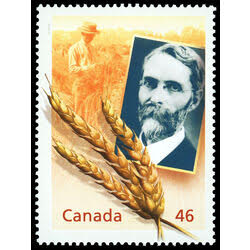

Marquis Wheat
– This wheat was crossbred using 2 other strains, Hard Red Calcutta and Red Fife. The result was a strain that matured early, produced a higher yield, and had superior milling and baking qualities.
– The taste of the bread from Canadian “Marquis” wheat was in high demand across the world, giving Canada the namesake ‘Canada’s Breadbasket’ internationally for a time.
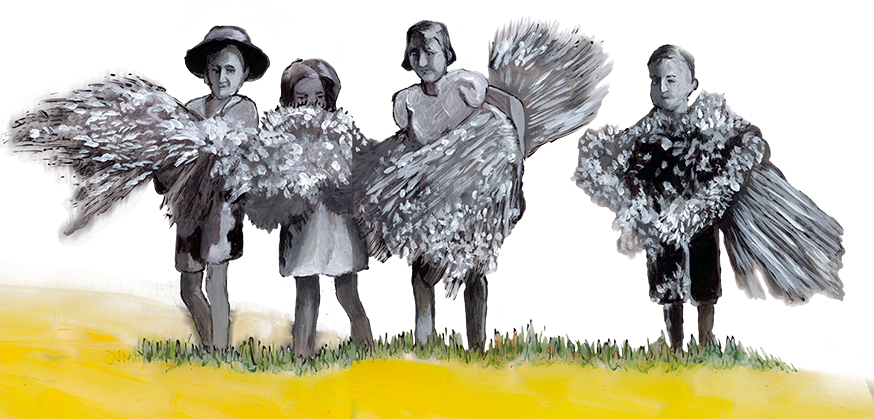
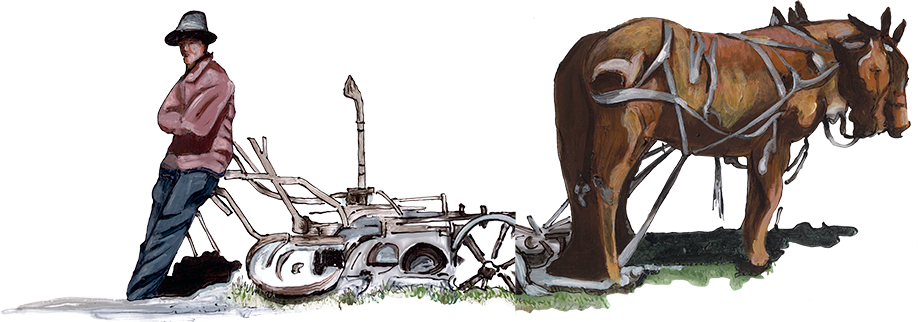
The Historic Clark House
– Please follow this link to read a historical report on the Clark House written by Sam Cox, the current owner of this heritage property.
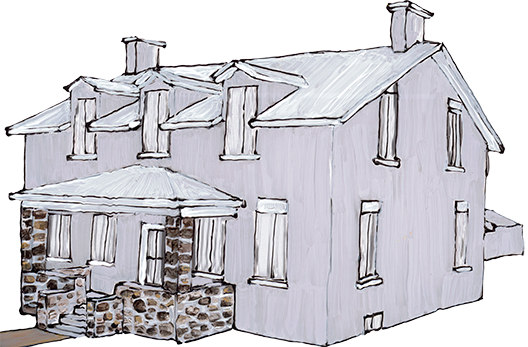
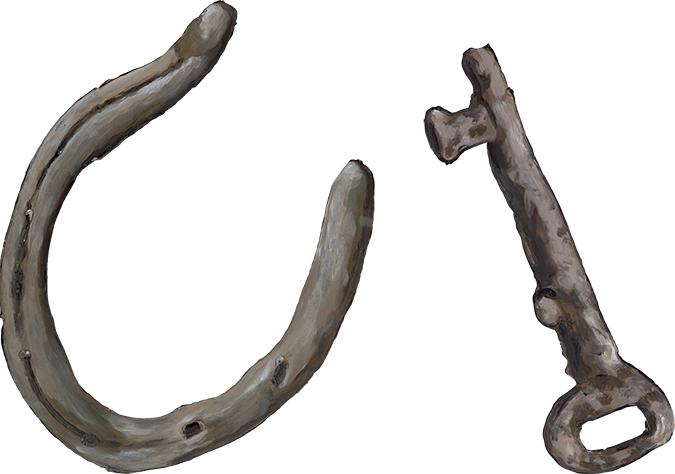
Historic Items Found in the Clark House
– This horse shoe and key are just a few of the interesting objects that have been recovered from the Clark House over the years.
London Asylum
– It was a progressive self-sustaining village with a train station and its own farm run by the 1000+ patients being treated there. – The facility was run by Dr. Richard Maurice Bucke, who grew up on Creek Farm along Pottersburg Creek at Dundas. He’s known for his book, Cosmic Consciousness, a seminal work on new age psychiatry.
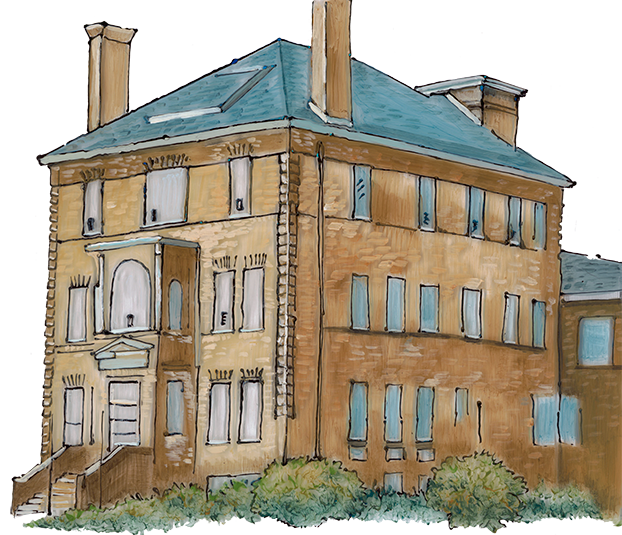
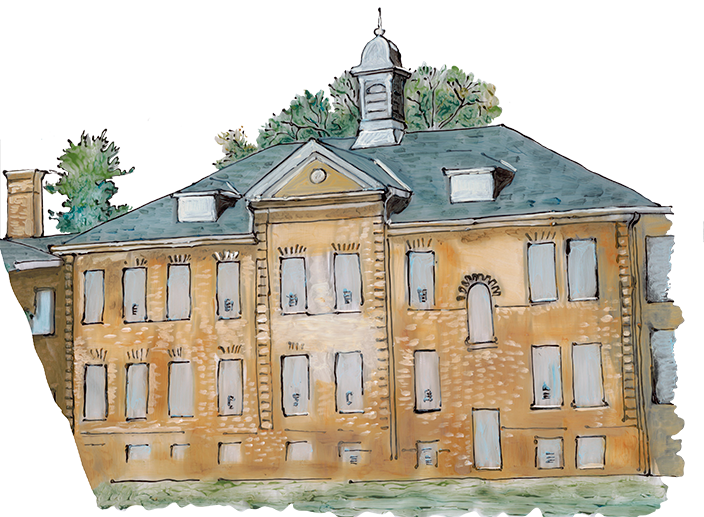
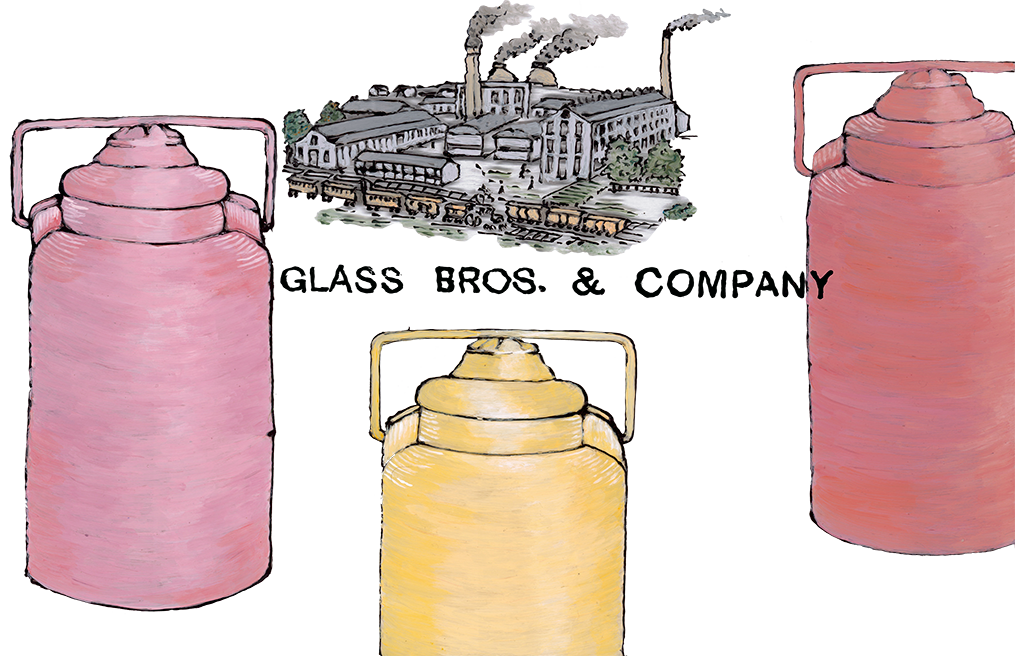
Glass Bros & Co.
– This was a factory located around where Russel Metals is currently (Hale St and Dundas). During the late 1800s this area was still not considered a part of the township of London.
– The factory, which started as the London Crockery Mfg and then Glass Brothers & Co. once it was bought by Samuel Glass in 1888, spearheaded the settlement of the area. The quality of the goods produced by the pottery company was “highly praised by experts and dealers.” The hamlet that sprung up around the factory was named “Pottersburg,” in turn. Unfortunately, the factory was taken by a significant fire in 1897.
– Pictured in pink, red, and yellow to the left is one of their most popular items: a “Self-sealing Preserve Jar.” The company also held the patent for this design.
– Pottersburg was annexed by the city of London in 1912.
If you’d like to see more interesting primary documents and information about this factory, please check out this website.

Pottersburg Post Office
– This painting is of the post office in Pottersburg, specifically from the 1936 photo, located on the North-East side of Dundas and Hale Street.

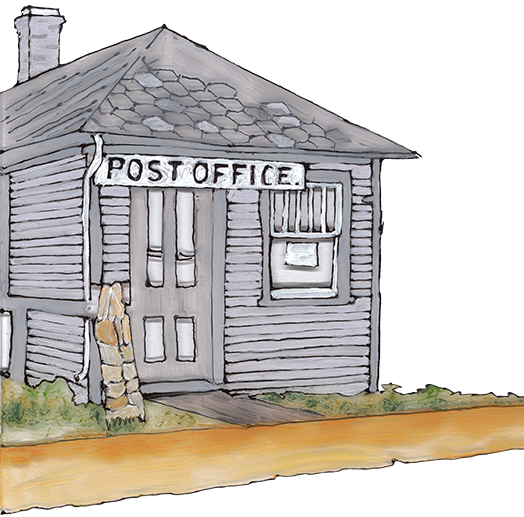
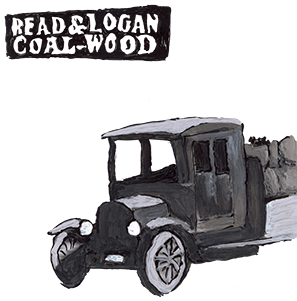
Read & Logan, Coal and Wood
– From 1922 until 1927, Robert Read and Charles Logan sold and delivered wood and coal from their yards at 1462 Dundas Street.
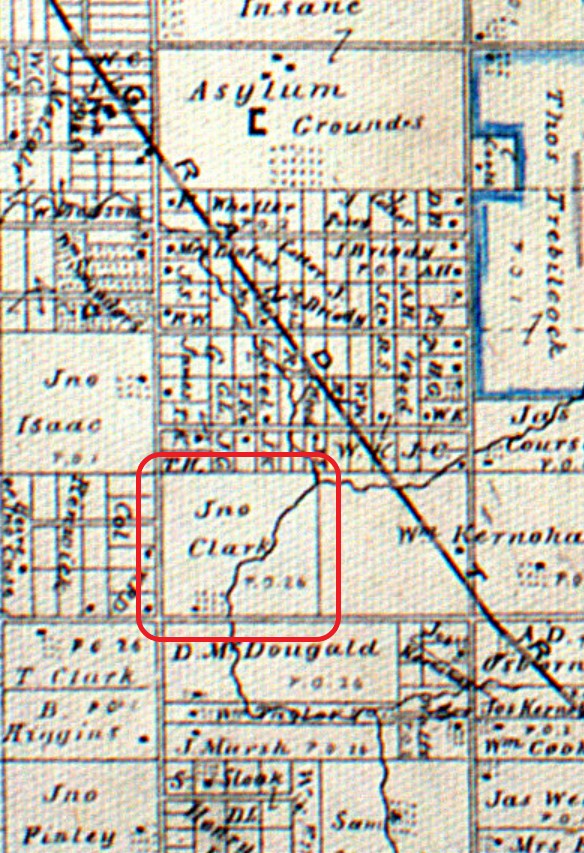
Apple Trees
– The apple imagery represents a key crop from all the original pioneering farms of the Argyle Area.
– On the map to the right from 1878, all the dots represent the apple orchards. The Asylum Grounds at the top is Dundas and Highbury and Dundas runs top to bottom.
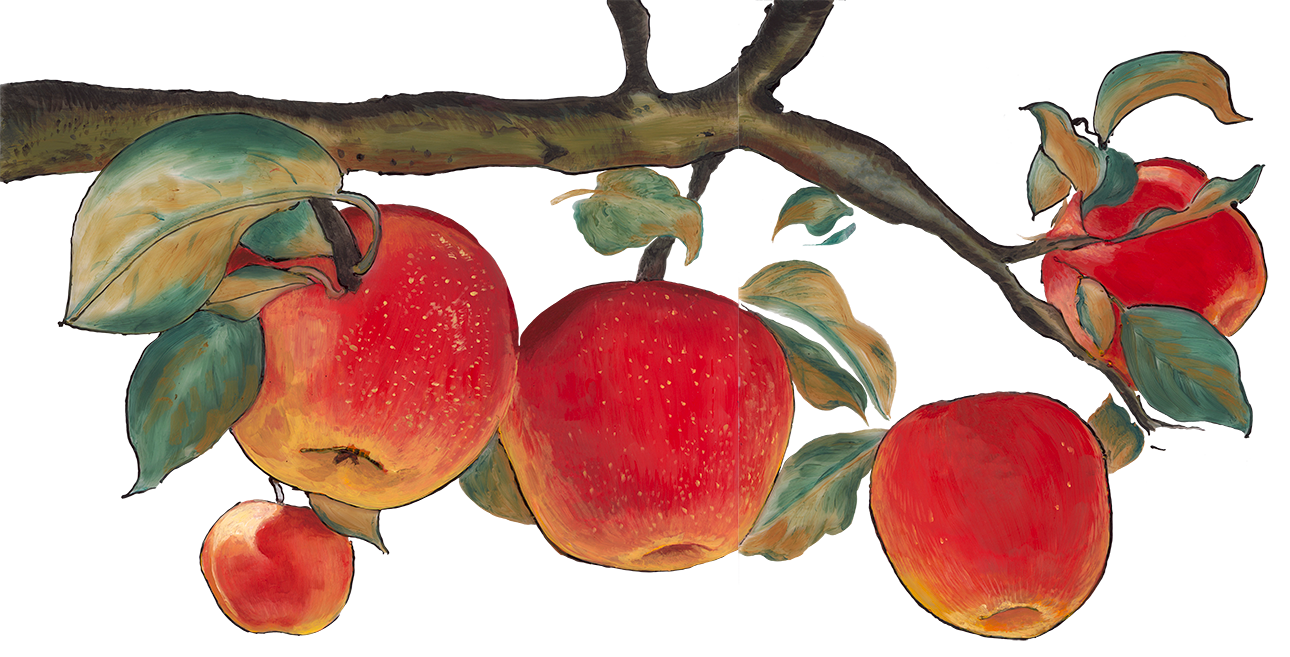
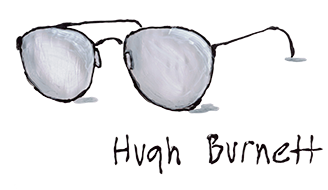
Hugh Burnett
– Hugh called the Argyle area his home after he relocated from Dresden, Ontario to Beatrice St. He was a carpenter by trade but is known for waging a campaign for racial equality and social justice. Their efforts led to the passage of Ontario’s Fair Employment Practices Act (1951) and Fair Accommodation Practices Act (1954), and laid the groundwork for subsequent human rights legislation in Ontario and across Canada.
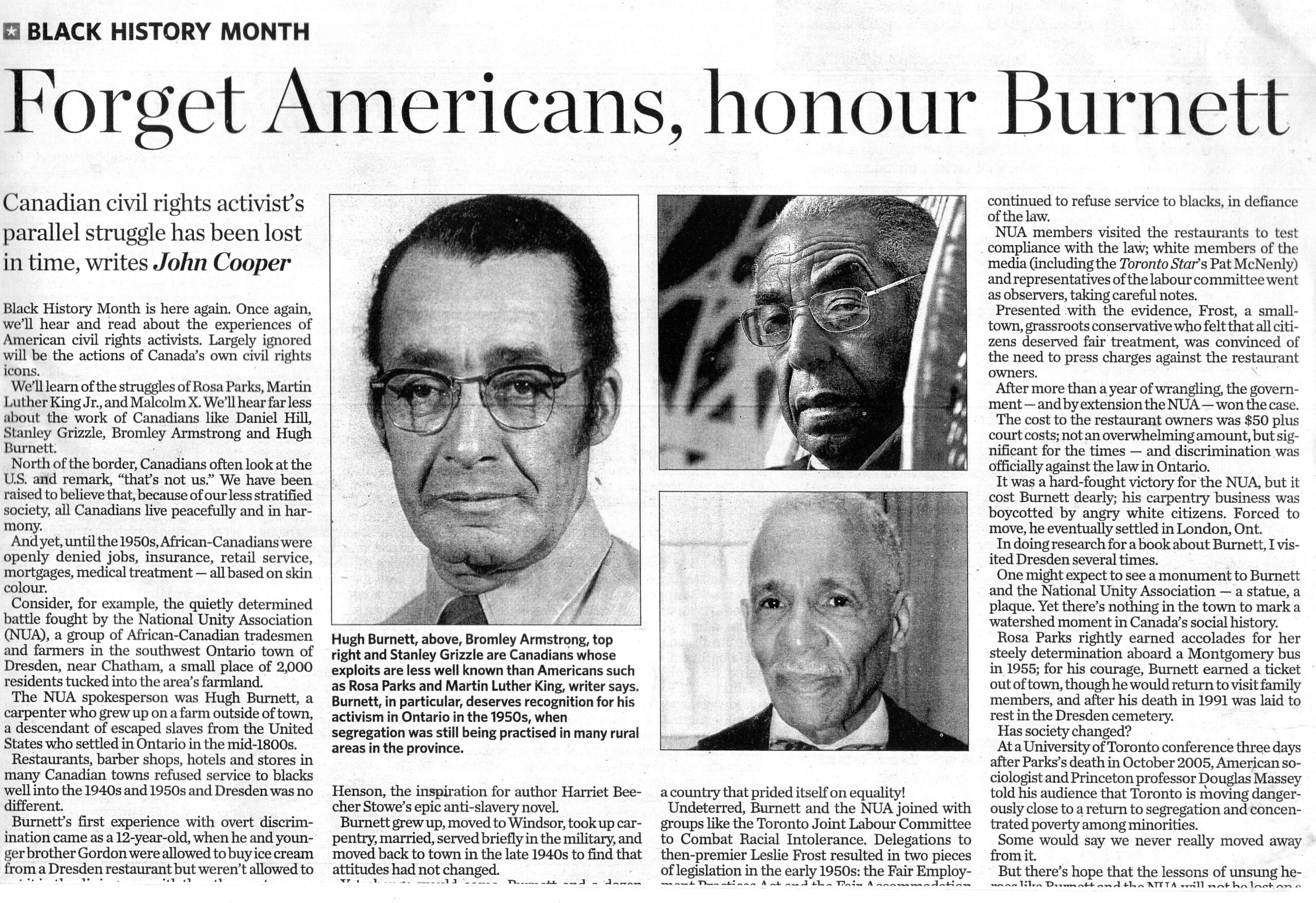
Pay Equity Act
– The purpose of this Act is to achieve pay equity by addressing the systemic gender-based discrimination that is experienced by employees who occupy positions in predominantly female job classes so that they receive equal compensation for work of equal value. This is done while taking into account the diverse needs of employers, as well as maintaining pay equity through proactive means.
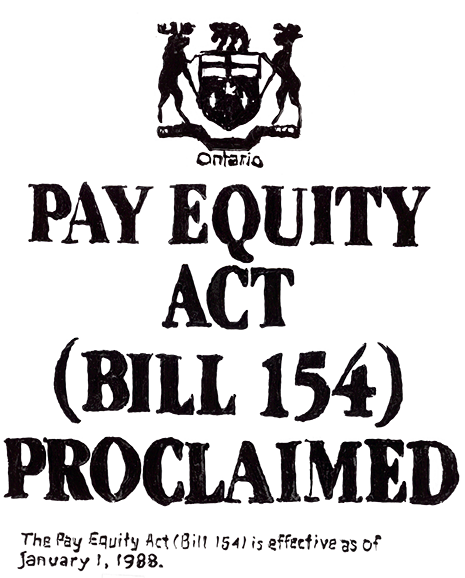
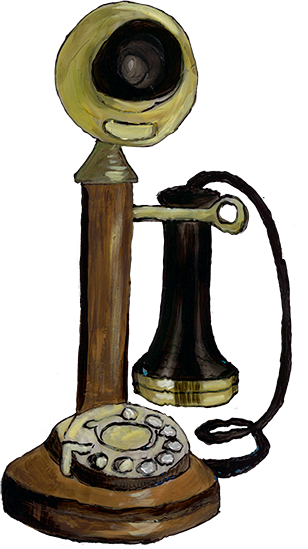
First Phone Call in London
– The first call in London occurred between Dr. Bucke’s office at the London Asylum and downtown London. Previously, the telegraph was used and generally the telephone was not considered as important by businesses until it was realized that music could be transmitted.
Club Shangri-La
– This club was opened in 1947 and it was Black owned and operated. The owner was from the Caribbean.
-It featured live entertainment. Joey Hollingsworth, a London singer, tap dancer, and conga player made notable appearances.
-The Club was located near the East side of Clarke Rd., where they attracted less attention from law enforcement because the location was not technically part of the City of London at the time.
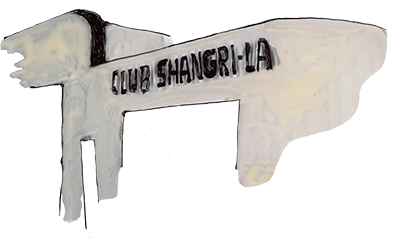

Wilson’s Dairy
– A local business from the past, located at the north-west corner of Dundas and Saul.

Gallagher Auto
– a local business from the past located at 1777 Dundas Street on the south side just east of Edmonton Street.

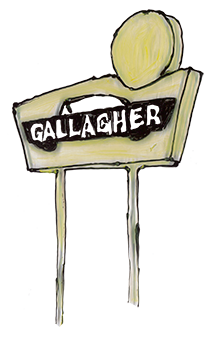
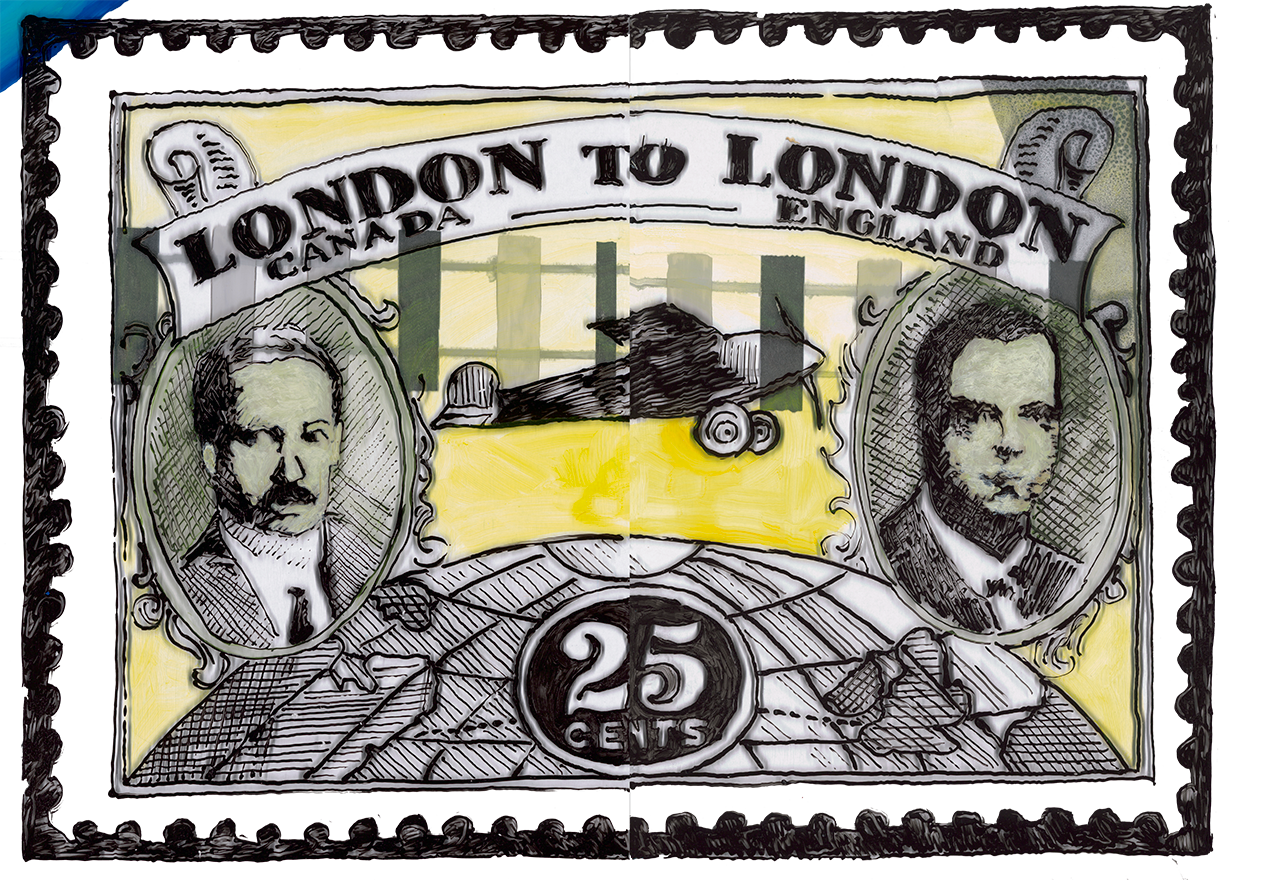
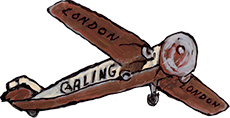
London-to-London Flight
– The first London to London flight happened in response to a contest held by the Carling Brewery that would award $25K to anyone who could fly from London Ontario to London England in a Stinson plane the brewery would provide.
– A temporary runway was set up along the South side of Dundas between Clarke and Crumlin.
– The pilots who attempted the flight were James Metcalf and Terrence Tully and they made two attempts at the flight. The first attempt stopped in Newfoundland due to storms and the second attempt, on September 7th, 1927, they disappeared and were never seen or heard from again.
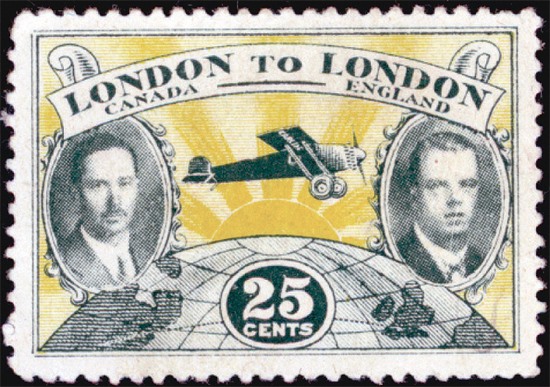

White dotted line represents the runaway for the London-to-London flight went from Clarke to Crumlin.
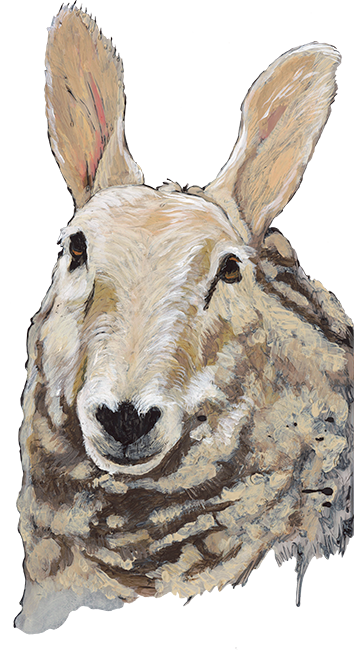
–
About Argyle
How Argyle got its Name
The name Argyle came from the land developer, Argyle Land Company, from Western Canada. This is why many of our streets are named from western cities and provinces such as Winnipeg, Calgary, and Manitoba

Argyle Land Company Advertisement
– This is an advertisement from 1913 for plots of land in Argyle being sold by the Argyle Land Company

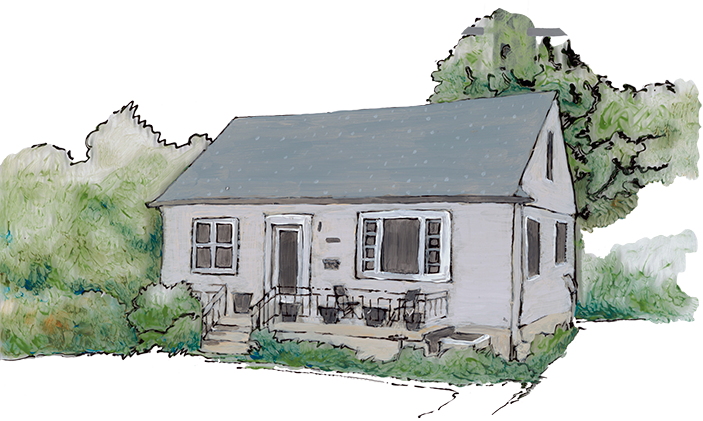
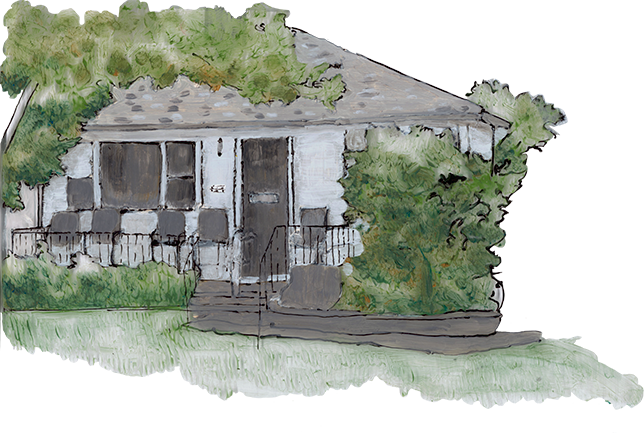
War-time Bungalow Houses
– These houses give a visual understanding of the residential area of Argyle.
– Two of the three houses are located on Avalon Street. (?)
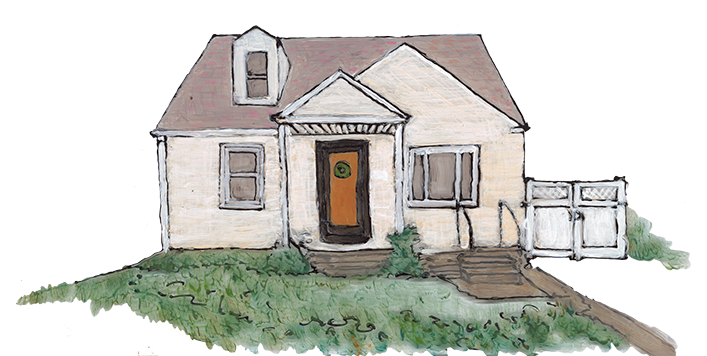
Argyle Demographics as of 2020
- Land Use Percentages
- 54% residential,
- 12% Commercial
- 14% Industrial
- 13% Institutional
- 7% open space (parkland)
- Business Percentages
- 59% retail
- 40% services
- 37% dining
- 23% automotive
– Population: 22,500 in 9,652 households.
– Most houses are single detached houses, more than any other part of the city.
– Majority of residents own their home, more so than the rest of the city.
– Most residents are age 15 – 64 with ages 45-64 this highest number age group.
– there are 2.1 hectares per 1000 people in Argyle, which is lower than the rest of the city.

Argyle Business Improvement Association (BIA)
– The Argyle BIA was founded in 2011.
– The logo has had a few different designs but has always incorporated the argyle pattern. The teal used here is the colour used in the current logo’s design.




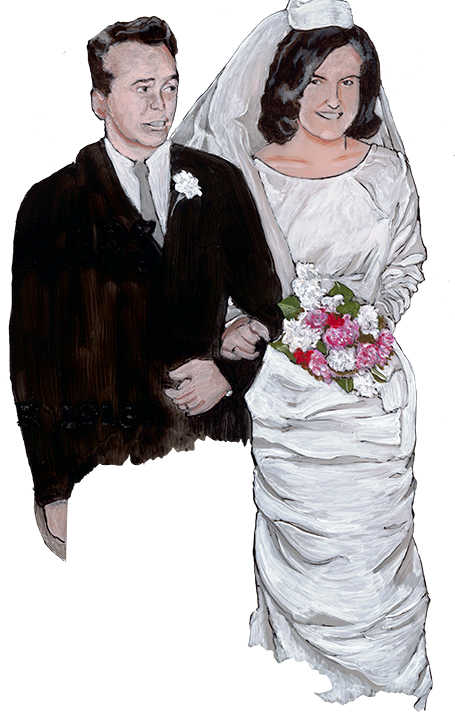
Married Couple
– The couple depicted are Thomas and Margaret Cox, parents of Sam Cox. They represent the large contingent of middle class families who settled in the Argyle Area after the war.
– Additionally, Sam’s mother hosted two of the artists’ for the week they worked on this project. The recreation and inclusion of her wedding photo was the artists’ way of showing their appreciation for her generosity.
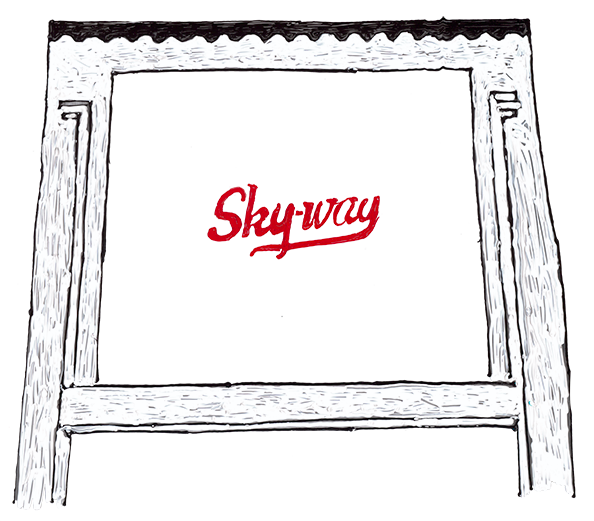
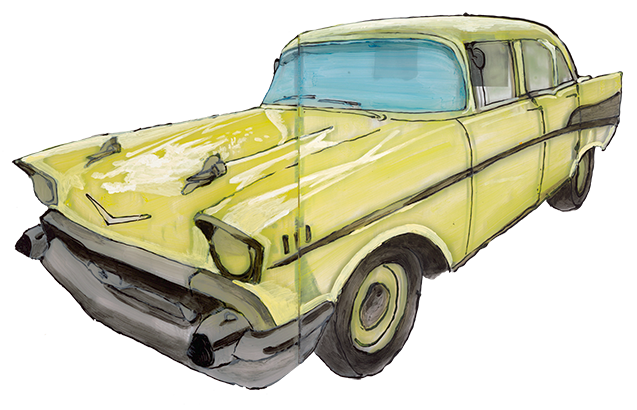
Skyway Drive-In
– Located where Argyle Mall is currently, the Skyway Drive-In Theatre was opened in 1947 by Doc Manley. He had another drive-in in Hamilton, Ontario as well as a chain of them in Ohio, his hometown.
– The theatre was closed in 1955 to make way for the construction of Argyle Mall as the price of the land was going up and commerce would be more profitable for the land owners.
General Motors (GM)

Their World Class Locomotive
– Dubbed the diesel-electric locomotive that doomed the steam engine.
– The GM Diesel Plant located east of Clarke Road on Oxford was world renowned.
– The plant had over 1000 employees and built locomotives, buses, and large off-highway haulers.
Diesel Division of General Motors
– General Motors Diesel was a railway diesel locomotive manufacturer located in London, Ontario, Canada. It was established in 1949 as the Canadian subsidiary of the Electro-Motive Diesel division of General Motors (EMD).
– In 1969 it was re-organized as the “Diesel Division of General Motors of Canada, Ltd.” The plant was re-purposed to include manufacture of other diesel-powered General Motors vehicles such as buses.
– Following the Canada-United States Free Trade Agreement in 1989, all of EMD’s locomotives were built at the London facility.
– In 2005 new owners of EMD renamed the Canadian subsidiary “Electro-Motive Canada”.
– The plant was closed by EMD’s new owner Progress Rail in 2012, with EMD’s production remaining in LaGrange, Illinois and Muncie, Indiana.
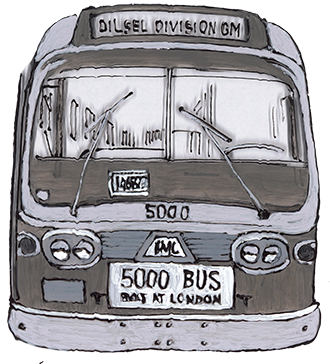
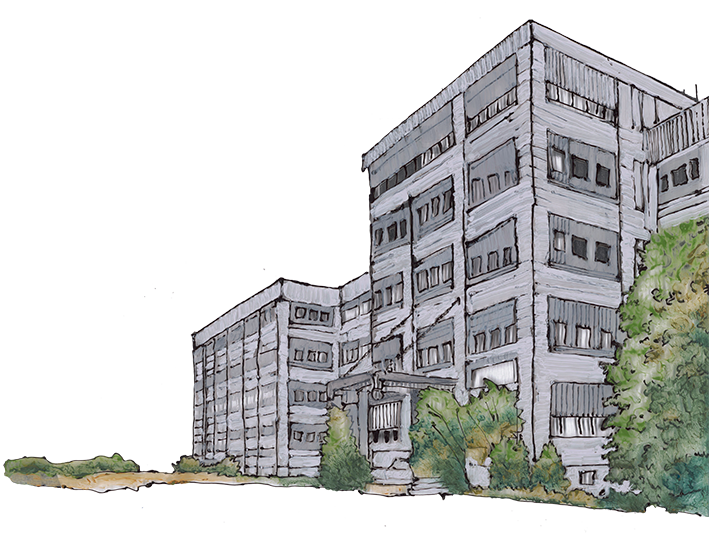
McCormicks Candy Factory
–
The Working Class
– The residential demographic of the Argyle area began, and remains, blue collar and working class people from many walks of life.


Oscar “Leftie” Judd
– An inductee into the Canadian Baseball Hall of Fame, who played in the National League, lived in the former village of Rebecca before it was taken over by the London Airport expansion.
Valour Monument
– Veterans Memorial Parkway is a 13.4km expressway serving the east end of London from highway 401. The parkway begins at Wilton Grove Road and travels north to Clarke Road.
– It was renamed in 2006 from Airport Road and features a large gateway monument of a distinctive V for Valour. Made from two large pieces of rock weighing approximately 10,000 lbs each, this feature required extensive footings to support them on an angle.

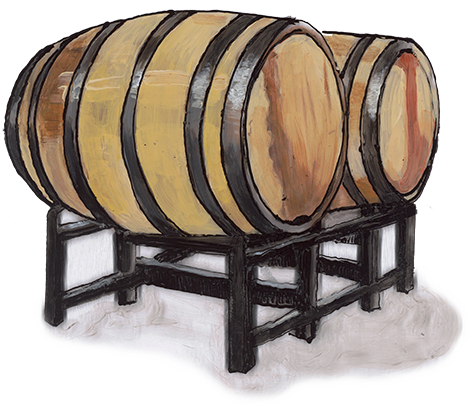
Beer Kegs
– These represent the craft brewery, Forked River, and the more modern and up and coming industries of the Argyle Area. This new kind of small scale industry is in contrast to the large manufacturing plants that traditionally made/make Argyle their homes.
Automotive Repair Businesses
– This represents the large presence of automotive repair and service we currently have in Argyle.
– The concentration of this type of business is significant as it serves many other areas of London where this industry is more sparse. It also serves to showcase our blue collar roots and our legacy with the trades industry.
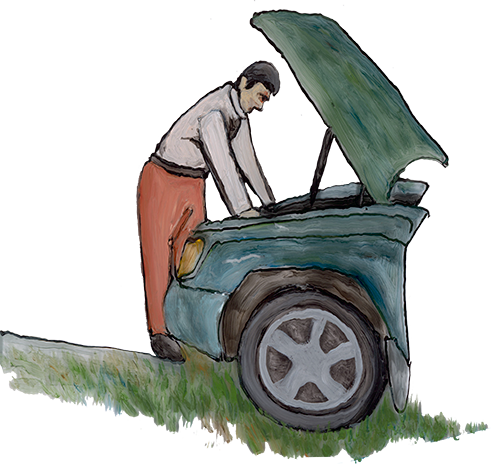
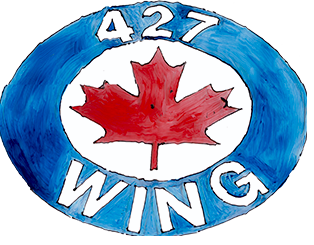
Wing 427
– located on Crumlin Side Road, this was the training ground for the Royal Canadian Air Force for World War II.
– It is now a heritage building and an aviation museum. Believed to be one of the last buildings of its kind still in use.
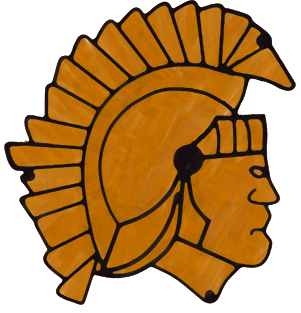
Clarke Road Secondary School (CRSS)
– CRSS’s mascot is a Trojan. This particular image references a metalwork piece made by Mr. Van Hooydonk’s senior welding class in the late 2010’s. It is on display at the high school presently.

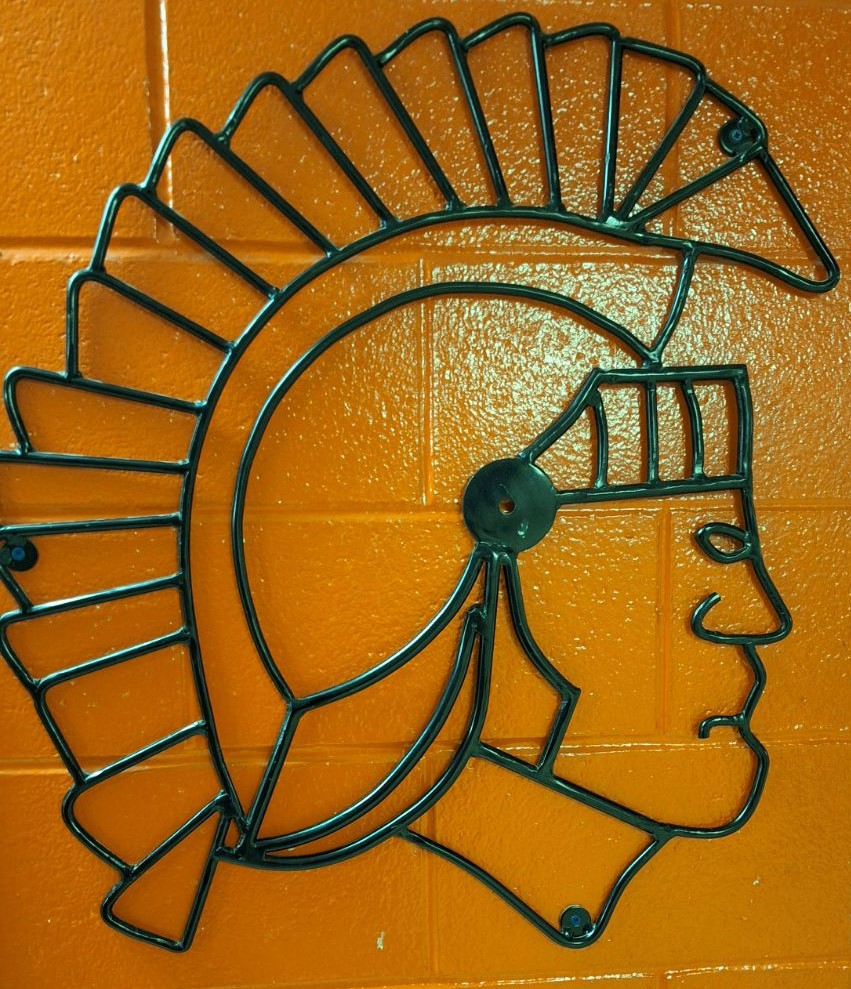
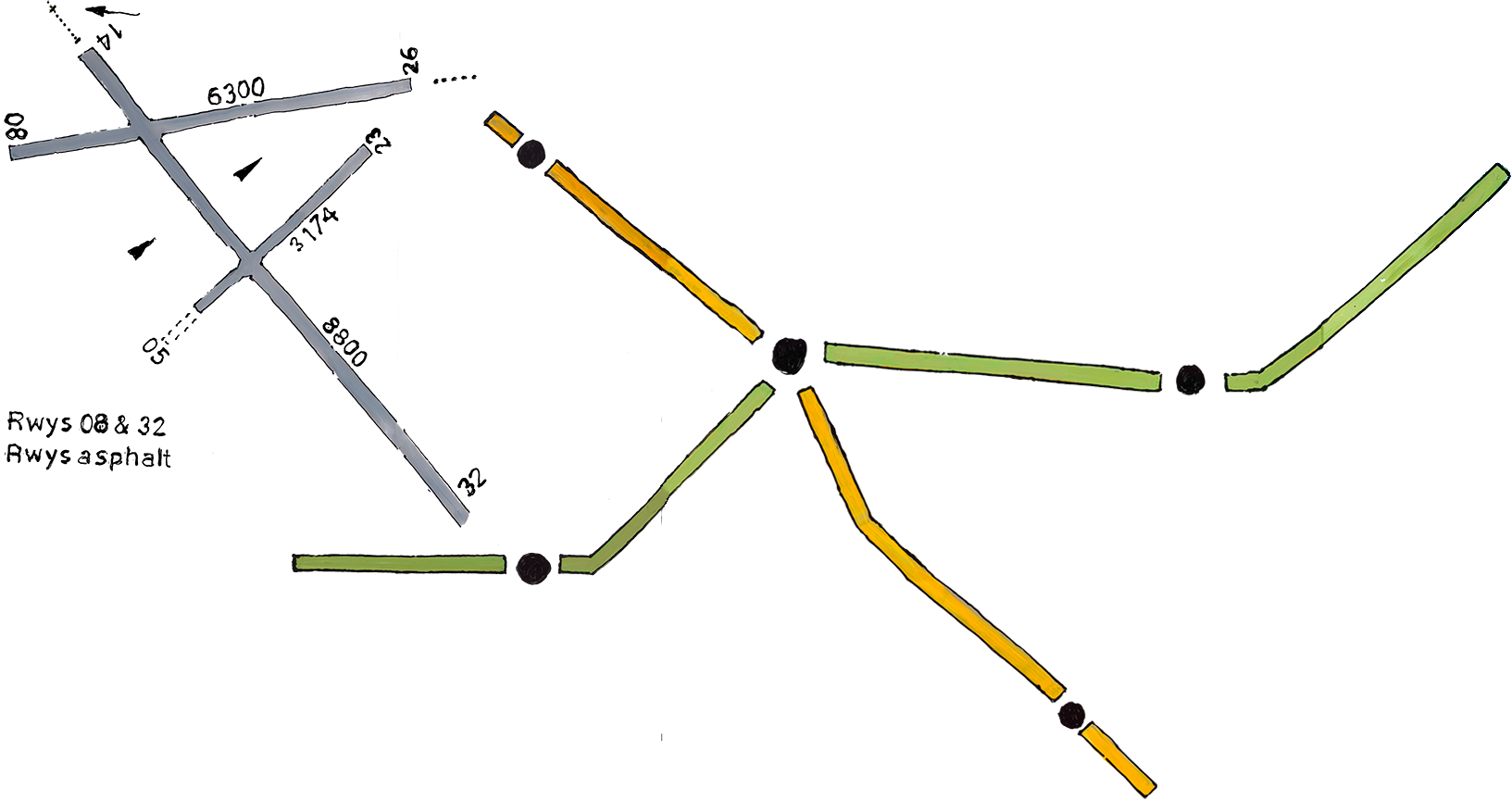
The Future of the Argyle Area
– This represents our future
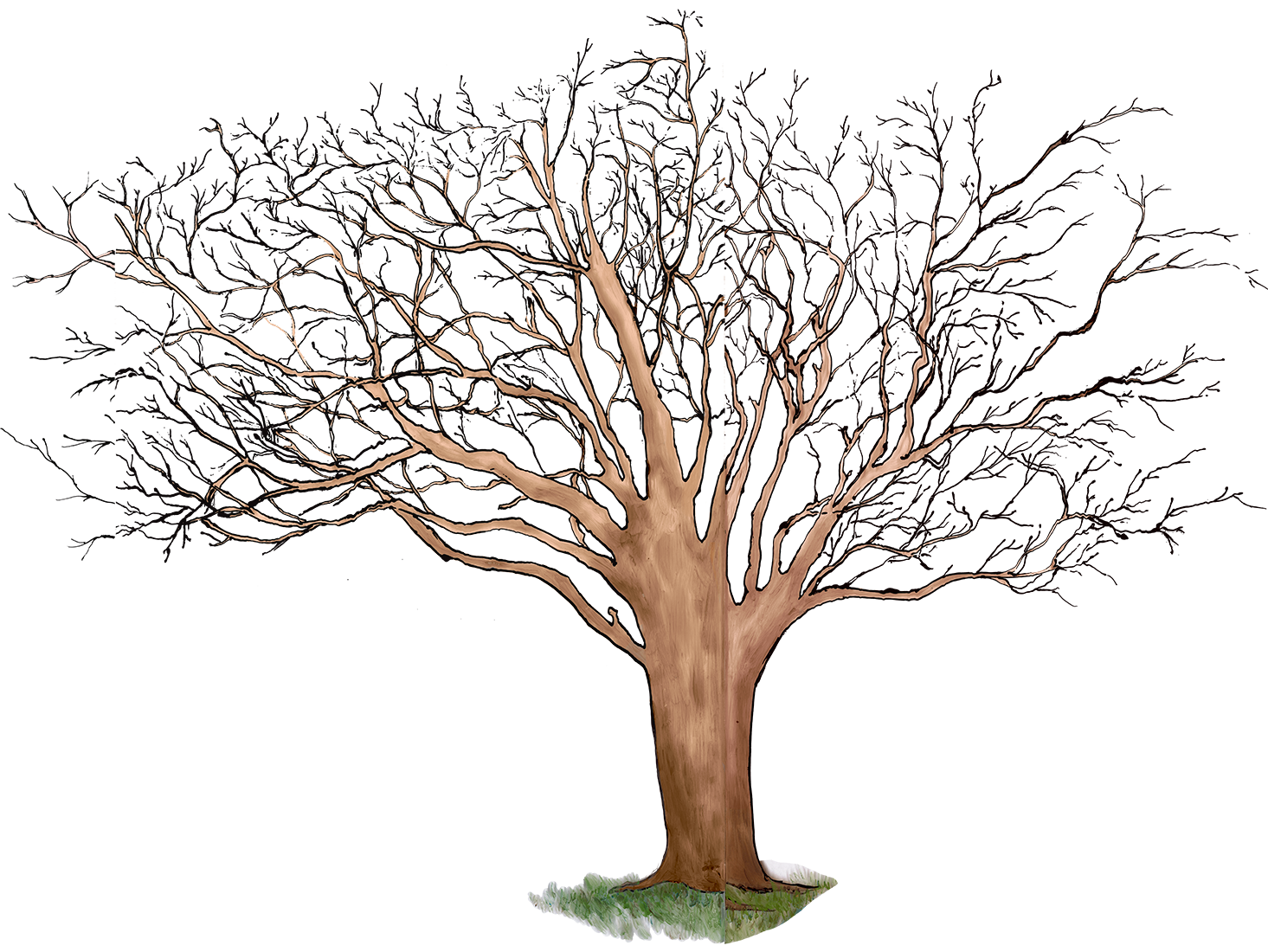
Red Oak Tree
– This species was abundant in the area that was documented by the first pioneers and speaks to the city’s intent to build back up the tree canopy in the area for the future generations.
Red Oak Leaves
– The significance of pairing the mighty Red Oak leaves intertwined with the Pottersburg Creek is to acknowledge our on-going efforts to bring back the value of our natural environment after many decades of industry being the main development driver of the area.
– Tobacco leaf mention. Circular.
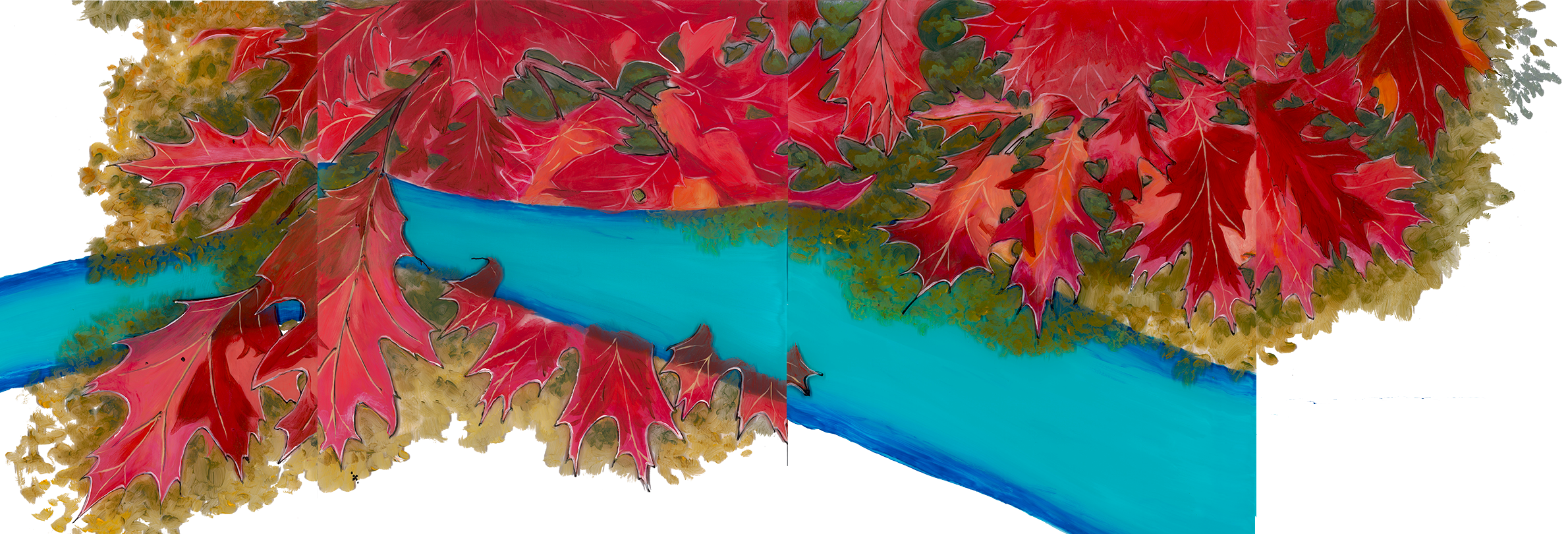
Special Thanks to:


For their generosity and support
Index
- Argyle
- Pattern
- Namesake
- Mall
- Buildings
- Asylum
- Clark House
- Mildred Baron’s School
- Post Office
- Residential Home
- Factories
- GM (General Motors)
- Glass Bros and Co.
- London Crockery MFG
- Fauna
- Bees
- Crayfish
- Crustaceans
- Fish
- Horse
- Sheep
- Turtle
- Flora
- Apples
- Beans
- Cedar
- Corn
- Echinacea
- Squash
- Strawberries
- Strawberry Flowers
- Sweetgrass
- Tobacco
- Wheat
- Indigenous Beliefs
- Three Sisters
- Four Sacred Medicines
- Heart berry
- Items
- Barrels
- Horse shoe
- Key
- Pottery
- Telephone
- Military
- 427 Wing
- Valour Memorial
- Molecular Drawing
- People
- Baseball player
- Charles Saunders
- Married Couple
- Mechanic
- Oscar “Leftie” Judd
- Pottersburg
- Pottersburg namesake
- Pottersburg Creek
- Railway(s)
- Signs
- Glass Bros and Co.
- Read & Logan Coal – Wood
- Skyway
- Wilson’s Dairy
- Skyway Drive-In
- Stamps
- Charles Saunders, Marquis Wheat
- London-to-London Flight
- Trojan
- Vehicles
- Bus
- Car
- Train
- Wampum Belt

